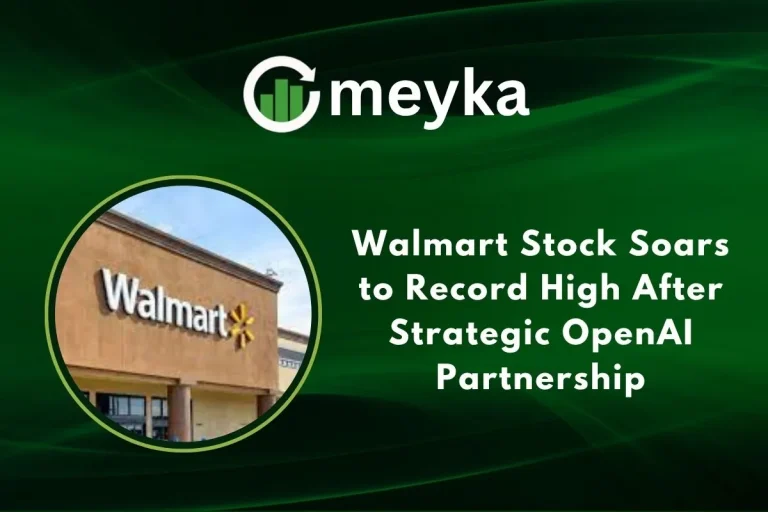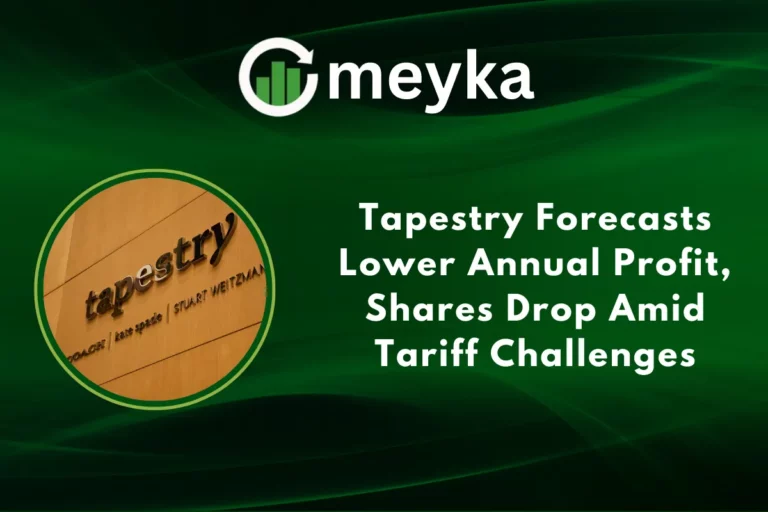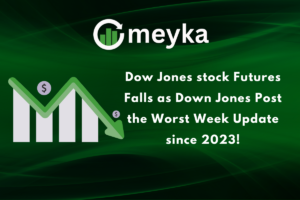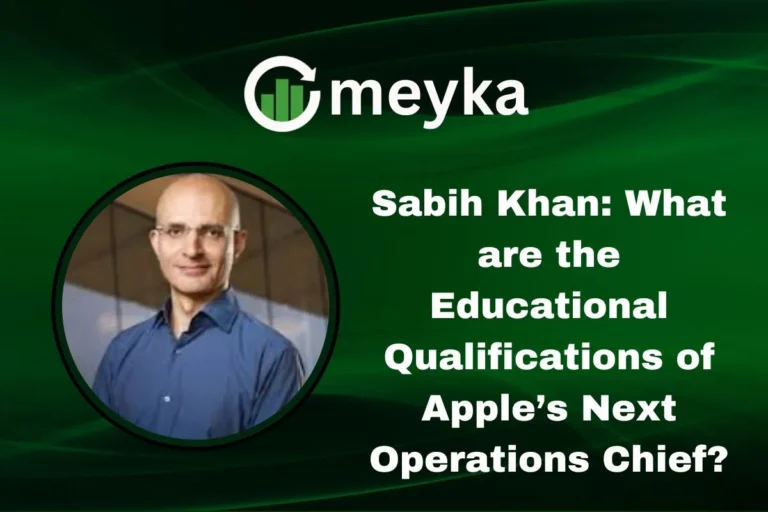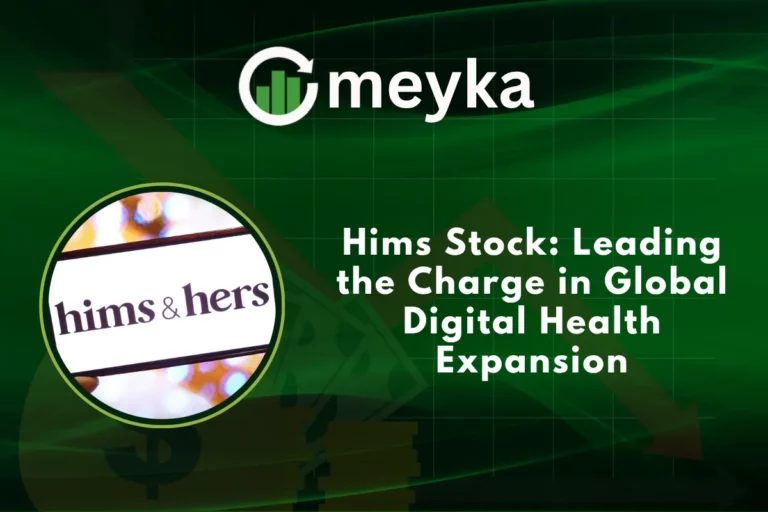Peter Thiel Reduces Exposure: Nvidia Position Fully Offloaded in Q3
Billionaire investor Peter Thiel made headlines this quarter by completely selling out of his Nvidia stake. According to his latest 13F filing, Thiel’s fund, Thiel Macro LLC, disposed of all 537,742 Nvidia shares by the end of Q3 2025. This move coincides with broader unease over soaring AI stocks and heavy valuations in the technology sector.
Why Did Thiel Exit Nvidia?
Thiel’s decision to exit Nvidia reflects growing concern around what he calls an overheated AI bubble. He has warned in the past that the current surge in AI enthusiasm may be too optimistic, reminiscent of past tech manias. In his view, investors are pricing in future gains that may take many years to materialize, making the current valuation risky.
Even as Nvidia’s revenue and market presence continue to grow, it recently posted a stellar performance with rising data‑center demand and AI infrastructure adoption, Thiel seems convinced that potential returns may be overstated compared to the cost and risk.
Thiel’s Portfolio Shake-Up
Thiel didn’t just exit Nvidia. He also shrank his overall equity exposure significantly. Thiel Macro’s long U.S. equity holdings dropped from about $212 million in Q2 to roughly $74.4 million by the end of Q3.
At the same time, his fund sharply reduced its Tesla position, cutting it from around 272,613 shares down to 65,000. Now, the fund is more concentrated, holding just three major U.S. tech names: Apple, Microsoft, and Tesla. Thiel added 79,181 Apple shares and 49,000 Microsoft shares in this transition.
This restructuring suggests he’s refocusing on stable, cash-generative technology companies, rather than high-growth AI hardware plays, possibly for a more balanced risk-return profile.
What This Says About Thiel’s Market View
Thiel’s full exit from Nvidia is a striking signal. Here are a few interpretations:
- Skepticism on AI Valuations: By exiting a top-tier AI chip maker, Thiel seems to question whether current revenues justify sky-high expectations. His past warnings about the AI hype cycle reinforce this.
- Risk Control: Reducing his equity book significantly suggests a defensive posture. By cutting big, volatile positions like Nvidia and Tesla, he’s potentially reducing risk in case the market turns.
- Selective Long-Term Bets: His continued holdings in Apple and Microsoft indicate confidence in diversified tech companies with strong fundamentals and non-AI-driven cash flows.
- Big Picture: Thiel’s move could reflect a broader caution among institutional investors: even as AI grows fast, the path to sustained profit may be less smooth or fast than many believe.
Investor Implications: What It Means for the Stock Market
For other investors and market watchers, Thiel’s exit raises questions about the sustainability of some AI-driven valuations. If a highly respected investor like Thiel is trimming leading AI exposure, others may re-evaluate their assumptions, too.
- AI Stocks May Face Pressure: If investors take Thiel’s move as a warning, stocks like Nvidia, AMD, or other AI-related firms may see increased selling or slower inflows.
- Shift to Quality: Thiel’s pivot toward Microsoft and Apple could gain traction among long-term investors seeking strong fundamentals, not just hype.
- Stock Research Focus: Analysts may revisit projected growth models for Nvidia, weighing the potential downside risk more heavily.
- Risk-Off Sentiment: This repositioning might feed into broader risk-off behavior if other large investors follow suit, especially in markets already sensitive to valuation and macro risks.
Risks in Thiel’s Strategy
Thiel’s decision is not without risk:
- Missing Out: Nvidia continues to lead in AI chips, and if the company keeps growing aggressively, Thiel may miss part of the upside.
- Market Timing: Fully exiting a major position is a bold bet. If Thiel is wrong, the opportunity cost could be significant.
- Concentration Risk: Even after reducing exposure, holding just three big names (Apple, Microsoft, Tesla) leaves his fund exposed to specific tech and macro risks.
- Behavioral Risk: Other investors could interpret his move in different ways; some may see it as prudence, others as a lack of conviction and that could drive short-term market swings more than fundamental changes.
Broader Themes: AI, Hype, and Reality
Thiel’s exit is part of a growing debate: Is the AI boom at risk of overheating? While many remain bullish on Nvidia’s role in future AI infrastructure, Thiel’s move suggests that not all major investors agree on the pace or scale of profit.
His decision also reflects a larger narrative in the stock market: high-growth AI plays are under increasing scrutiny. Traditional, cash-generative tech companies like Microsoft and Apple may regain favor as investors look for more stable long-term value.
Moreover, Thiel’s approach underscores a key point: even as innovation accelerates, disciplined investing and risk management remain essential. This could shape how professional investors balance aggressive growth with pragmatic caution.
FAQs
Thiel is reportedly concerned about an AI valuation bubble, believing that investor expectations may be too aggressive compared to the real economic potential.
He reallocated his capital to Apple and Microsoft, while also reducing holdings in Tesla.
Not necessarily. It signals caution from one major investor, but many others remain bullish. Thiel’s move could simply reflect his unique risk view or a preference for more diversified, stable tech companies.
Disclaimer:
The content shared by Meyka AI PTY LTD is solely for research and informational purposes. Meyka is not a financial advisory service, and the information provided should not be considered investment or trading advice.

